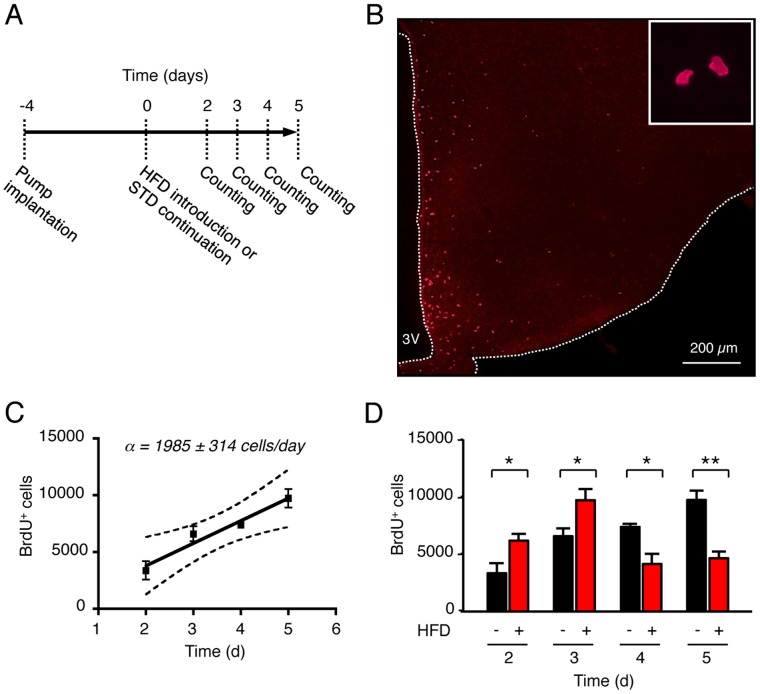Figure 1. High-fat diet (HFD) caused fast and biphasic variation of cell renewal in the hypothalamus.
(A) Schematic representation of the experimental design. Four days before HFD introduction, BrdU-filled osmotic minipumps were implanted subcutaneously and connected to ventricular system to centrally deliver 12 µg/day BrdU (at 0.5 µl/hr). Mice were sacrificed 2, 3, 4 and 5 days after HFD introduction. (B) Representative image of BrdU-labeled newborn cells immunodetected in the hypothalamus of control mice after 5 days. (C) Linear regression modeling the daily rate of BrdU-positive cell accumulation in the whole hypothalamus of control mice (n = 3–5 mice per time-point; r2 = 0.952). (D) Quantification of BrdU-positive cells detected in hypothalamus of mice fed either a standard diet or HFD (n = 3–5 mice per group). Data are means ± SEM. Groups were compared using unpaired t test. * and ** denotes p≤0.05 and p≤0.01, respectively. 3V: third ventricle; HFD: high-fat diet.

